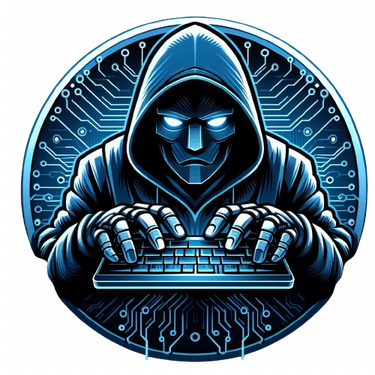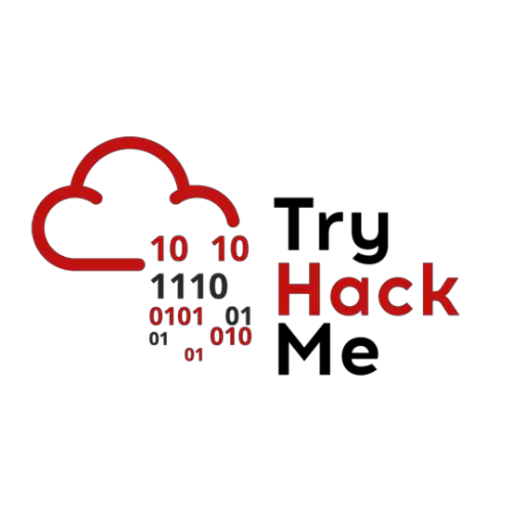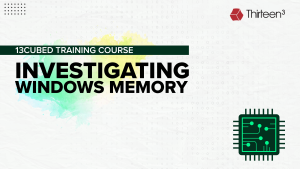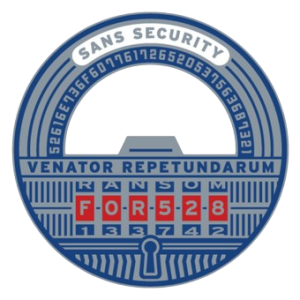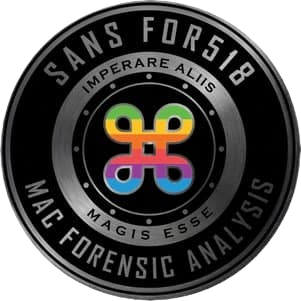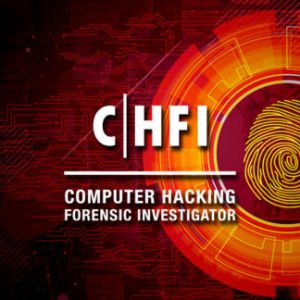
EC-Council’s Hacking Forensic Investigator (C|HFI) is the only comprehensive ANSI accredited, lab-focused program on the market that gives organizations vendor-neutral training in digital forensics. C|HFI provides its attendees with a firm grasp of digital forensics, presenting a detailed and methodological approach to digital forensics and evidence analysis that also pivots around the Dark Web, IoT, and Cloud Forensics. The tools and techniques covered in this program will prepare the learner for conducting digital investigations using ground-breaking digital forensics technologies.
Syllabus
Module 01: Computer Forensics in Today’s World
Module 02: Computer Forensics Investigation Process
Module 03: Understanding Hard Disks and File Systems
Module 04: Data Acquisition and Duplication
Module 05: Defeating Anti-Forensics Techniques
Module 06: Windows Forensics
Module 07: Linux and Mac Forensics
Module 08: Network Forensics
Module 09: Investigating Web Attacks
Module 10: Dark Web Forensics
Module 11: Database Forensics
Module 12: Cloud Forensics
Module 13: Investigating Email Crimes
Module 14: Malware Forensics
Module 15: Mobile Forensics
Module 16: IoT Forensics
EC-Council: Computer Hacking Forensic Investigator (CHFI v10)

